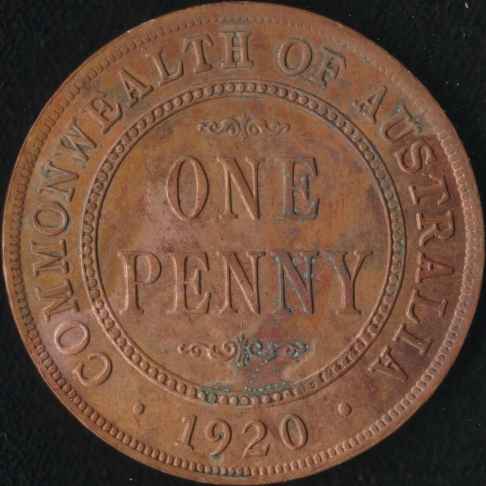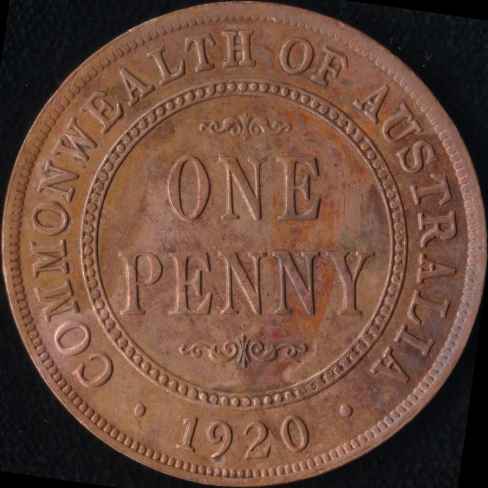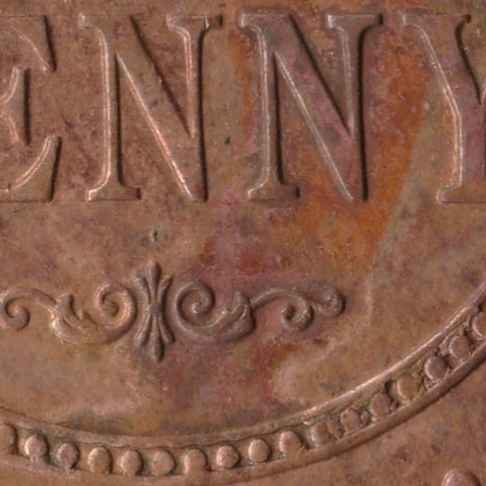 |
 |
 |
 |
|
|
You cannot make a worn coin uncirculated again
by polishing it.
The term "uncirculated" has no relationship to "bright" or
"shiny".
There are few reasons to clean coins and most cleaning processes damage the coin
by removing some of the surface metal. Since the value of coins is so dependent
on the preservation of their surfaces, is better to have a dirty, intact coin than
one which has been abraded. The damage can never be reversed.
Gold coins should never be cleaned. The metal is far too soft to stand up to
any mechanical procedure and gold does not corrode so there is no need to employ
any chemical process.
Silver coins are more susceptible to chemical corrosion than gold but even so,
it is my view that silver coins should not be cleaned either. Silver darkens over
time and the darkening is mostly caused by sulphur compounds from the air or from
contact with other materials. Such coins are said to be "toned" and the
toning can be quite attractive. This is particularly true for circulated coins.
Without the fine features of uncirculated coins, the toning adds depth and eye appeal.
There is a fashion in the United States for brightened coins but coins which have
been brightened by dipping in a commercial cleaning agent appear unnatural, flat
and featureless. Furthermore, after some time, the coin acquires a nasty brownish
finish which is even less attractive. Don't clean silver coins.
Bronze coins are more prone to corrosion and sometimes cleaning is necessary
for their preservation.
|
An uncirculated 1920 penny which was being attacked by bronze disease. This coin
was too valuable to discard and if left alone would continue to deteriorate. The
only option was to clean the coin. | ||
|
Close-up "before" and "after" views of one of the affected areas
of the coin shown above. The cleaning was done with brass and wood probes with the
aid of a binocular microscope set at about 30x magnification and with external halogen
illumination. The harshest chemical used was dishwashing liquid. The job took a
bit less than 3 hours. |
Rather than repeat well-organised and well-presented advice, I refer you to Robert
Beauford's page which used to be at Enchanted Treasures but which has been archived
by Kay's Coins:
for an explanation of the various problems and the techniques available to solve them.